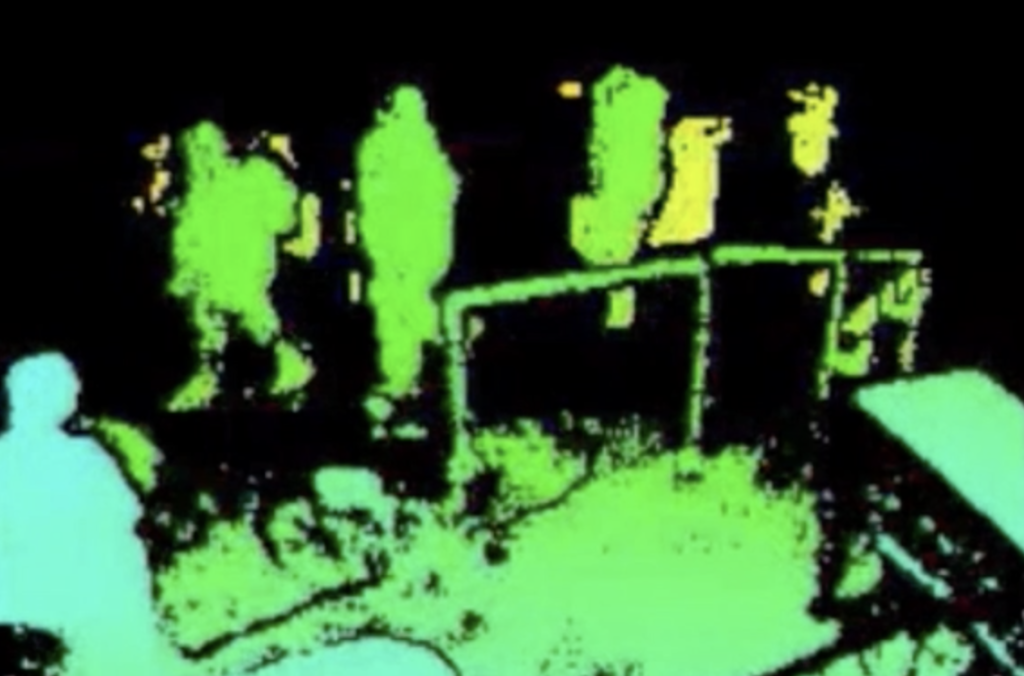New AI technology could be the answer to the pressures posed by ever-increasing traveler numbers, says Justin Bean, global director of smart cities marketing, smart spaces and video intelligence marketing at Hitachi Vantara
IATA predicts there will be 8.2 billion air travelers in 2037. That’s nearly double the number today. As numbers grow, airlines and airports continue to look for ways to sustain or improve on-time performance, remain competitive for passenger preferences, keep people and assets safe, and more. For most, this is an increasingly daunting task.
But there is hope. New artificial intelligence (AI) technology is offering airlines and airports a way to improve operations while providing customers with a more satisfying travel experience. With 3D lidar sensors, the technology has the potential to turn airports into smart spaces that can analyze everything from the movement of travelers and luggage to flight schedules, thereby ensuring on-time departures. It can gather data through third-party technology already in place at airports and combine it with data analytics tools to enhance overall operations.
For example, Hitachi Vantara’s Lumada Video Insights gathers data from existing cameras and new 3D lidar sensors to store and manage data on passengers, staff and operations processes. By blending these insights with video analytics and data visualization tools, it can transform the data into actionable intelligence.
The technology leveraging 3D lidar sensors doesn’t capture any personally identifiable information (PII). Instead, it analyzes the movement of travelers and luggage throughout an airport as digital data points, eliminating the need to mask and audit video data. As a result, it protects the privacy of each and every traveler while providing a smooth travel experience
This technology can be implemented at airports in several ways, including:
- Counting the number of people in the boarding queue, the number of bags and even the size, shape and weight of each piece of luggage using lidar from the gate area. It can then use this insight to figure out how close the main hold storage space is to being full, all based on the configuration of the airplane. Crews can then proactively direct all remaining bags to the storage bays under the wings and ultimately get flights in the air on time. This improves on-time performance, the passenger experience, and sustainability by reducing emissions linked to idle time and circling.
- Deploying the same solution at the main check-in counter or at security to monitor the size of lines. As crowds grow, it will push ‘long line’ alerts, along with wait time and passenger flow statistics, to teams so that they can optimize the number of agents deployed to keep passengers moving at a steady rate. This improved flow not only makes for happy travelers but also happy retailers.
- Airports and airlines can use 3D lidar technology in lounges to gain insights into capacity and people management, enabling them to stock items such as food and beverages accordingly, identifying and eliminating long queues, ensuring travelers are moving at the pace they prefer.
Through these insights, and by integrating data from previously disparate systems, teams can even plan for unexpected spikes in capacity that result from flights that are cancelled due to inclement weather. Now, airlines can ensure they are optimizing the area to deliver an enjoyable experience to each guest, even under less than ideal circumstances.
With more people expected to travel, airlines and airports are scrambling for answers. Solutions such as Lumada Video Insights are designed to help transform this experience so that customers spend less time waiting and more time enjoying the amenities of the airport and getting into the air more quickly.

